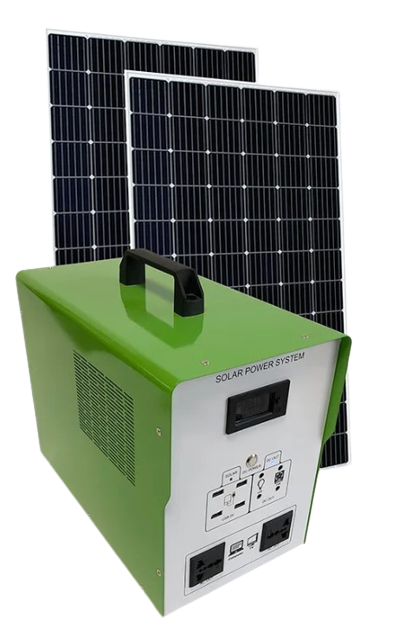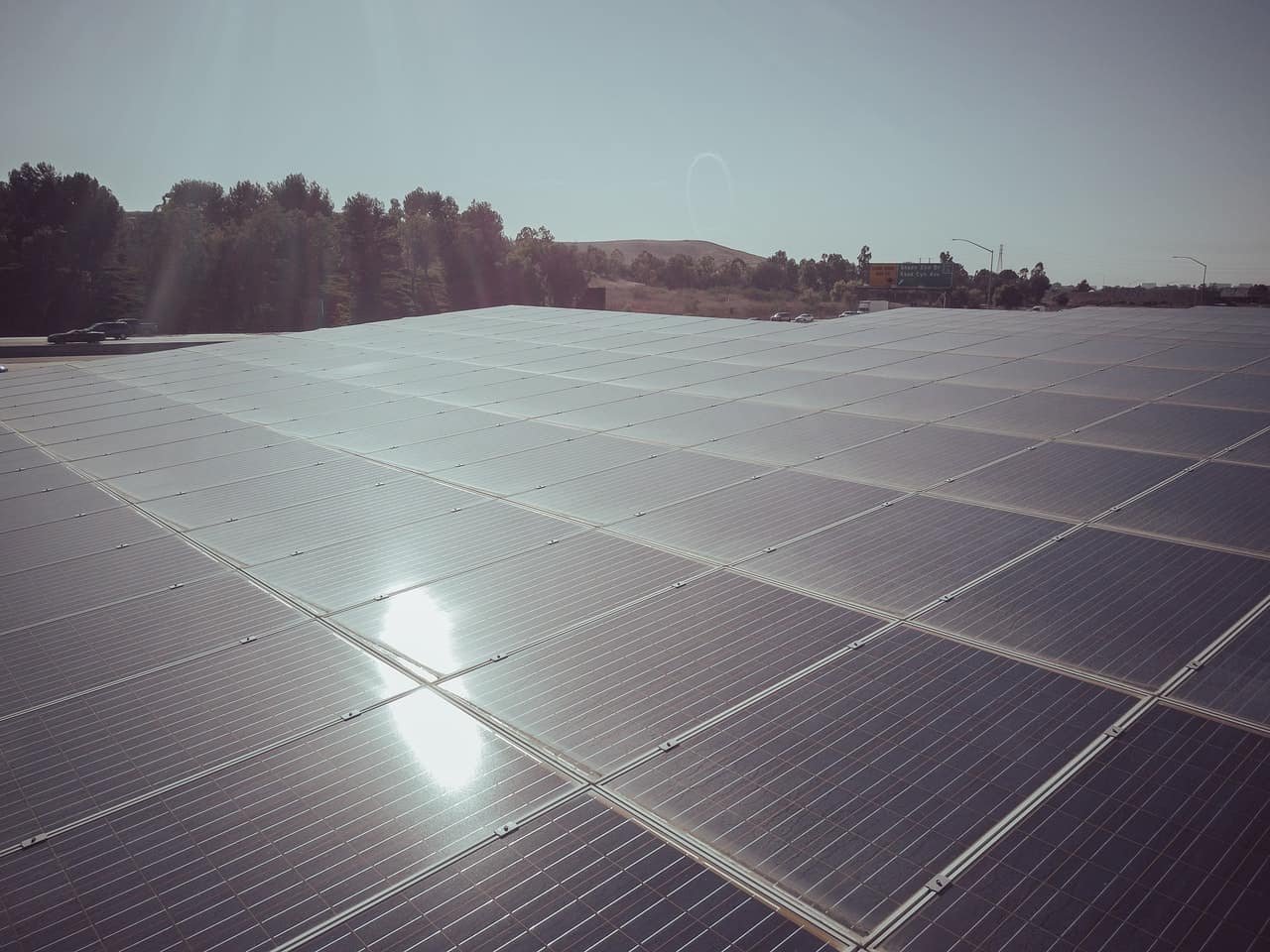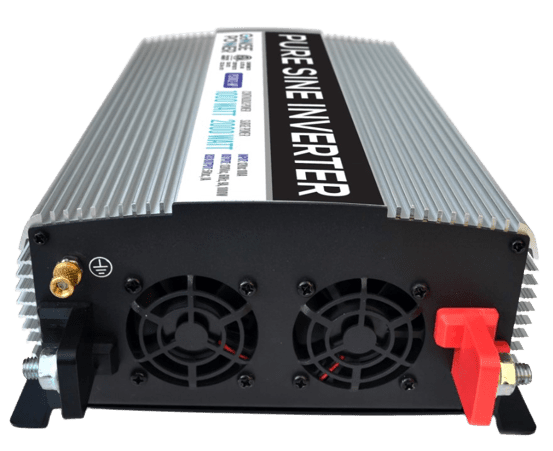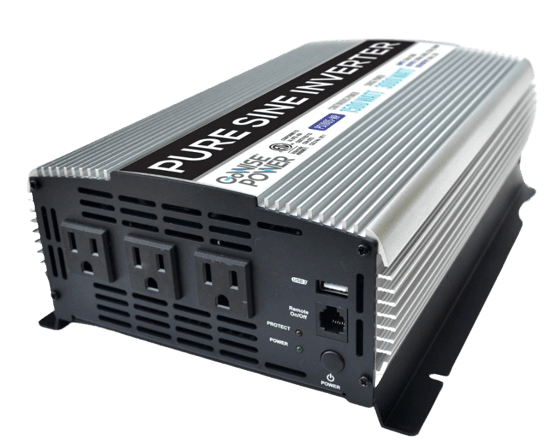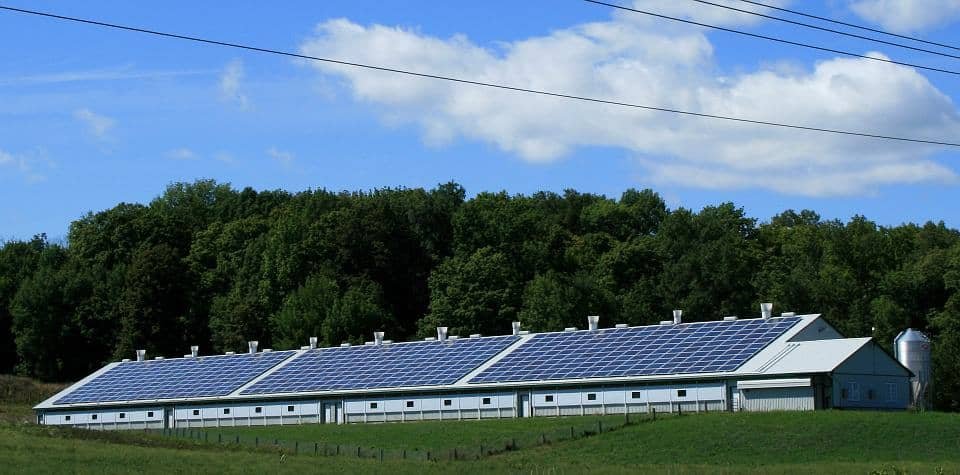Whether you want a solar generator that can be installed in your home with your solar system or in a portable box you can take camping, solar generators can be expensive. Thankfully, you can make your own for relatively cheap, and the installation process is easy once you do some proper research.
Thankfully, there is a lot of information and details on how to make your own generator, including the pros and cons, options, rating systems, designs, and more. Continue reading this article to learn more about the things you need to know to make a solar generator that will last.
What Are the Benefits of Building Your Own Solar Generator?
Cheaper than Pre-Made Systems
When you make your own solar generator, you don’t have to deal with added fees for the system already being set up, sent to you, and installed. When you do it yourself, you can easily save at least half the cost while still maintaining the quality.
Simple Repairs
A lot of solar generators are installed all in one container or are installed in a strange way. If you don’t know where certain parts of your system are, then you may struggle to figure out how to replace parts, or even what parts you need.
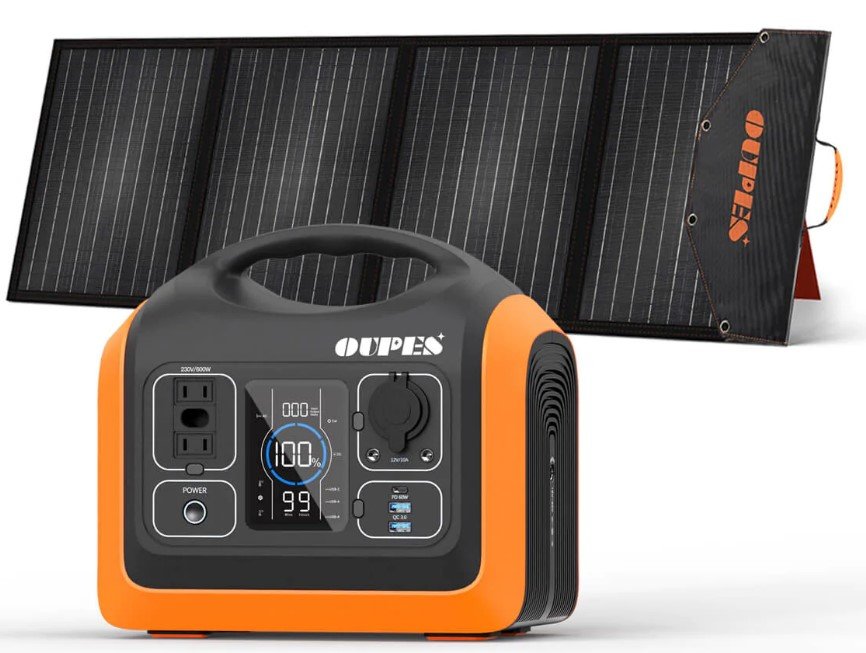
However, if you install it yourself, you can be sure to know exactly which parts you used. In many cases, you may even have extra parts, like wiring, so you can fix anything easily.
Safety
When it comes to generators, power from a renewable source like solar energy, allows you to use clean and quiet backup power. In comparison, gas generators are noisy.
They also aren’t very safe. One of the biggest dangers is carbon monoxide poisoning. Gas generators, even types that aren’t cheap, release a lot of emissions that can be dangerous, especially in an enclosed space. They can also cause fire and are loud.
Green Energy
Solar power generators are not only better for the environment because they are sustainable, but they are easy to operate and far less hazardous.
Can Tailor to Your Needs
Making a DIY generator allows you to control the load and situate where your system goes. Additionally, if you want to make your generator portable, you have the choice to do that too with your device. As long as you have sun, you can do your project any way you want and for only the price of any part you need and a little personal labor.
Pride in Doing It Yourself
When you create and install your own solar generator, you can be proud of yourself for doing a job well done. You also know what parts go into the system, and can easily make replacements if something ever goes wrong.
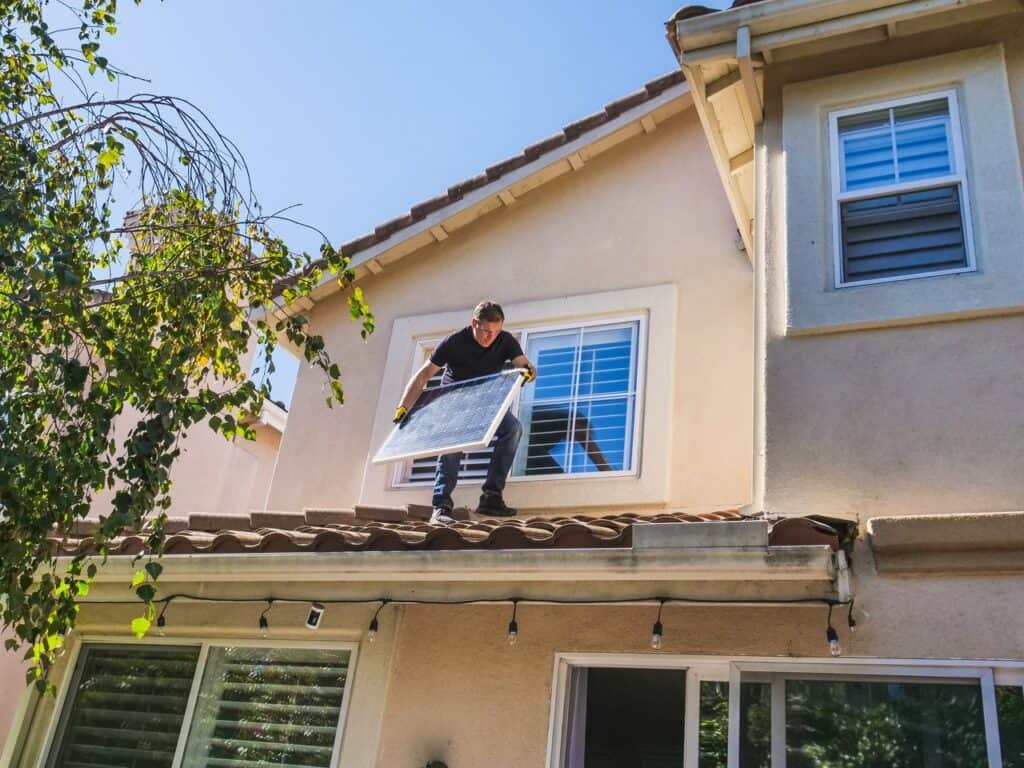
Just One Set of Payments
If your solar power generator is homemade, you usually buy all the parts up front.
The system also generates and runs on its own power, and is pretty efficient. This means that you can ensure that you have power and lights in the case of an emergency, for relatively no cost.
Gas generators need gas to create electricity for your house and devices.
Related Articles:
Can You Plug RV Into a Solar Generator?
Why Are Solar Generators So Expensive?
Where Can I Get a Refurbished Solar Generator?
Which Solar Generators Are Made in USA?
How To Build Your Own DIY Solar Generator?
Parts and Components
The first thing to do is make sure you get all the parts you need. You will need to determine how much energy storage you need for your solar charger, as well as how much AC discharge you need from your inverter. You will need to make sure you have a place to put it as well.
Common parts include:
- Wire
- Brackets
- Mounts
- Solar panel
- Sine wave inverter
- MPPT charge controller
- Batteries
Tools
You will also want tools. Depending on your system and installation process, you may need various tools.
- Ball valves
- Silicone
- Drill
- Hole saw
- Propane torch
- Tubing cutter
- Adjustable wrench
Steps
Step 1. Determine Your Solar Generator Size
To decide the size you need your generator to be, you need to calculate the amount of power you need, and the amount of sunlight you get.
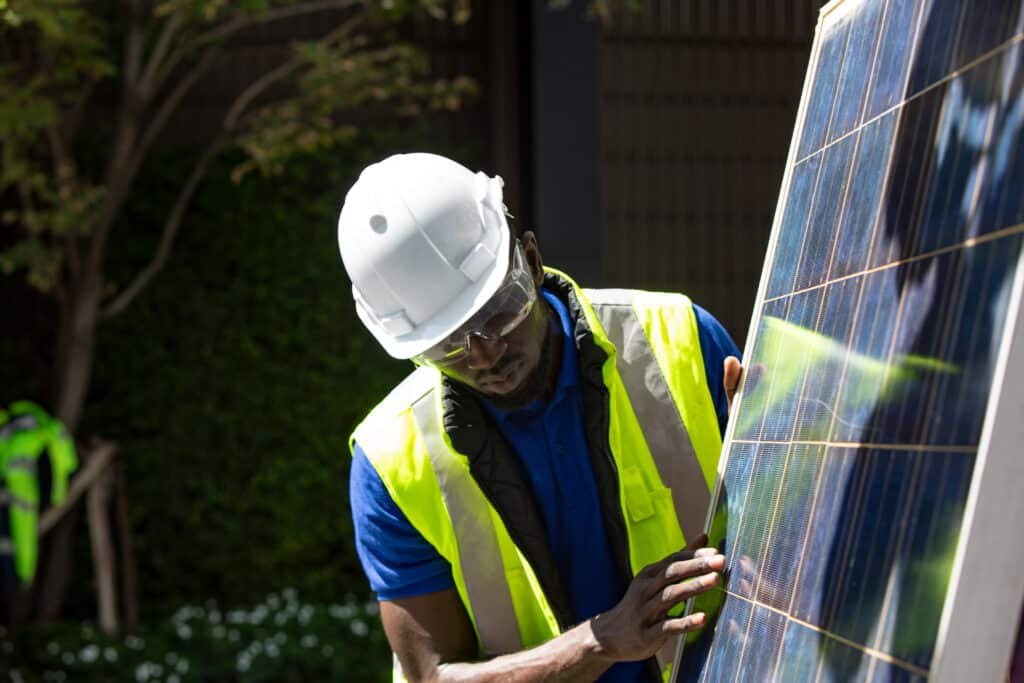
This can help you determine the capacity and fit your home does best with, and determine the option type that works best for you, as well as what applications you may need.
Step 1. Determine Your Solar Generator Size
Before you install the whole system, you will want to make sure that everything works. While installing your whole system and making sure the design is right can be a good experience if you test everything beforehand, you don’t have to install and reinstall later if nothing is working right.
Additionally, by testing beforehand, you can determine if the reasons it isn’t working fine are due to the machines or something with the wiring or input.
Step 3. Build Your Generator
Finally, you just have to install the system. It is a good idea to watch a video or several to make sure your inverters and solar panels are where they need to be to get the most DC power and run your appliances without too much excess wiring.
Whether installing in a home or RV, make sure your site and voltage output are ideal for you and the people in your home.
Important Factors if You Are Building Your Own Lithium Battery
Did you know you could go full DIY and even make your own batteries and panels instead of buying pre-made ones? While this is fine for many other parts of your generator kit, it isn’t ideal for the battery. This is because, while a power inverter can be installed wrong and lead to dangers like fire and surges, a lithium-ion battery can cause severe damage to your own system. There are no warranties to protect you if you install them yourself, and they can cause fires that are hard to put out.
If you want to save some money, look at using a lead-acid battery component instead.
